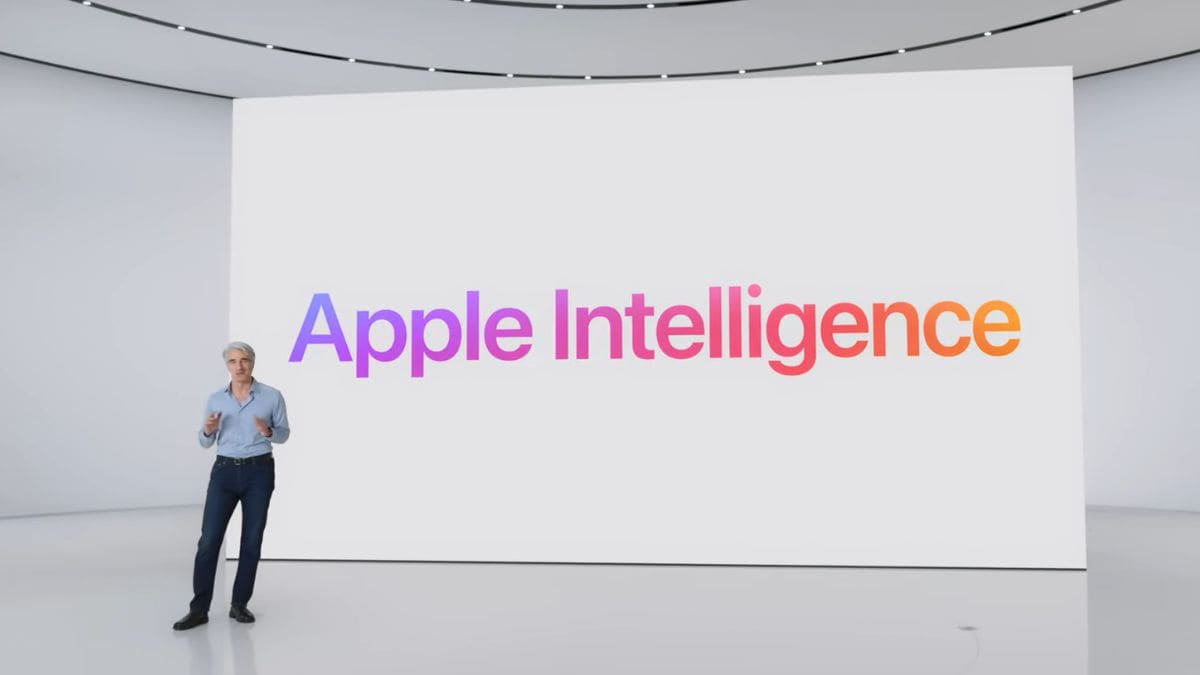Apple engineers made a key decision in 2017 which led to the company being able to offer Apple Intelligence even in devices launched in 2020, said an executive. In a podcast, senior executives in the company highlighted that the engineers responsible for designing the M1 chipset decided to add neural networks to make them artificial intelligence (AI) ready. This is notable since the M1 chipset was first launched in 2020, which was two years before the generative AI trend caught steam.
Apple Executive Reveal the Key Decision That Led to M1 Chipsets Being AI-Ready
The Circuit podcast, in its latest episodeinvited Apple's Vice President of Platform Architecture Tim Millet and Tom Boger, Senior Director, Mac & iPad Product Marketing at Apple for a conversation. The duo discussed the company's approach towards AI, integration of hardware, importance of architecture, and more.
Interestingly, the executives revealed that Apple's engineers had become aware of neural networks in 2017, soon after the first paper about it was published. The same technology led to the development of transformer networks which is considered the foundation for generative AI.
The executives highlighted that the engineers began re-designing the company's neural engine for the next generation of Apple silicon — the M1 chip. By the time the chipset debuted with the MacBook Air, the 13-inch MacBook Pro, and the Mac Mini in 2020, the company could run neural networks on the processor. However, back then the company did not have much use for neural networks and generative AI technology was still two years away.
As a takeaway, the executives said with M1 “we had the foresight to be able to look, and we're paying attention to the trends and introduce it, knowing that silicon takes time to get it in there.”
Notably, at the “It's Glowtime” event earlier this year, Apple announced that Apple Intelligence will be compatible with the M1 chipsets, bringing new features to hardware that is four years old. The tech giant's AI offerings are now scheduled to be rolled out to users globally in December. However, users in the European Union (EU) and China will not get it at launch due to regulatory hurdles.


